Comments / Questions (95)
![]() Aude wrote:
Aude wrote:
Bonjour, je suis assez novice mais j'ai cherché, et dans la description de l'échantillon, je ne comprends pas ce que veut dire "4 groupes de brides x 4 rangs de brides". D'autant que d'après ce que je comprends en faisant, un groupe de bride double le nombre de mailles de l'ouvrage, qui s'élargit à chaque rang?! Voulez-vous bien expliquer de manière un peu plus détaillée ce que vois voulez dire, svp?
22.01.2023 - 10:26DROPS Design answered:
Bonjour Aude, 1 groupe de brides correspond à 2 brides entre les 2 brides du groupe de brides précédent, au 1er rang, crochetez ainsi: 3 ml (1ère bride) + 1 bride dans la 4ème ml à partir du crochet, *sautez 2 mailles en l'air, 2 brides dans la maille en l'air suivante*, répétez de *-*. Aux rangs suivants, crochetez 2 brides entre les 2 brides crochetées dans la même maille au rang précédent (comme dans le diagramme). Bon crochet!
23.01.2023 - 09:24
![]() Giulia Pagella wrote:
Giulia Pagella wrote:
Buongiorno, questo modello mi piace molto, purtroppo non è tradotto nella mia lingua. Sareste così gentili da tradurlo? Grazie e complimenti, avete sempre spiegazioni chiare
21.01.2022 - 11:40
![]() Lameche wrote:
Lameche wrote:
Correction en ligne le: 11.10.2016 Correction diagramme DROPS / 97 / 1 Cameron by DROPS Design Gilet Drops au crochet en Eskimo
20.02.2020 - 15:05
![]() Shyanha wrote:
Shyanha wrote:
I'm at the 12 cm point "Crochet 1 extra dc-group at the beginning and at the end of the row," but am unsure how to start and end the next row. Is it ch 3, turn, 1 dc group between the two dc groups from the previous row? We're chaining to extend the row for sleeves; however, I'm not sure about the assembly. Will the sleeves have a seam on the top and then one on the underside that continues down the side to attach the front and back pieces? Thank you!
01.11.2018 - 18:22DROPS Design answered:
Dear Shyanha, at the beg of row you will start the inc row with 3 ch, 3 dc between the first 2 dc, work 2 dc between each dc-group as before and end with 4 dc between the last 2 dc. On next row, crochet 2 dc (=3 ch, 1 dc) between the first 2 dc and continue in pattern as before. Shoulders/sleeve will be then sewn together and under sleeve/side will be crocheted together -see ASSEMBLY. Happy crocheting!
02.11.2018 - 07:46
![]() Ellen Weber wrote:
Ellen Weber wrote:
Ist es richtig das ich in der ersten Reihe in der ich zunehme nur auf einer Seite eine zunahme habe ?
13.09.2018 - 21:15DROPS Design answered:
Liebe Frau Weber, beim Rückenteil nehmen Sie auf beiden Seiten zu, beim Vorderteil nehmen Sie nur auf eine Seite zu. Viel Spaß beim stricken!
14.09.2018 - 08:21
![]() Carola wrote:
Carola wrote:
Hallo, wenn ihr von Stäbchengruppen in dieser Anleitung hier sprecht, bedeutet das, dass ich bei dem 1. Stäbchen einer Gruppe warte mit dem letzen Durchziehen . Erst wenn ich die 2. Masche häkel, ziehe ich den Faden durch alle 2 Schlaufen auf der Nadel? Danke für die Hilfe! Viele Grüße Carola
17.06.2018 - 01:36DROPS Design answered:
Liebe Carola, hier wird einfach 2 Stb in dieselbe M gehäkelt - siehe Häkelinfo-1 (= nicht 2 Stb zs). Viel Spaß beim häkeln!
18.06.2018 - 08:26
![]() Tekla wrote:
Tekla wrote:
Hej, jag undrar, ska man öka i kanterna på varje varv från det att arbetet är 12 cm till att arbetet är ca 35-35-37-38-40 cm? Med vänlig hälsning Tekla
13.05.2018 - 09:09DROPS Design answered:
Hej, ökningarna görs endast en gång i varje sida.
14.05.2018 - 17:27
![]() Patricia Everaert wrote:
Patricia Everaert wrote:
Wordt de kleur 45p, legergroen niet meer verkocht ? Net een mooie kleur, is er anders een alternatief die er dan op trekt om Cameron trui te haken ?
12.04.2017 - 16:47DROPS Design answered:
Helaas is deze kleur er inderdaad niet meer. Om een gemeleerd effect te krijgen zou je er ook voor kunnen kiezen om in plaats van 1 draad Eskimo (garencategorie E), 2 draden van garencategorie C te nemen. Bijvoorbeeld Nepal of Alaska.
16.04.2017 - 13:18
![]() Jette wrote:
Jette wrote:
Når man hækler side- og ærmesømmene sammen, er det så fra ret- eller vrangsiden ?
06.11.2016 - 14:48DROPS Design answered:
Hej Jette. Jeg ville göre det fra retten - det synes jeg selv er det paeneste. Men pröv dig lidt frem og gör det du selv synes er paenest :)
07.11.2016 - 12:17Danell Oosthuizen wrote:
Hi there, the size 9 needle: is it USA or is it 9mm? Please advise... Thank you
25.07.2016 - 07:13DROPS Design answered:
Dear Mrs Oosthuizen, for this pattern you need a crochet hook size 9 mm / US-size M - make sure to read correct language either UK- or US-English since crochet terminology is different choosing language under picture. Happy crocheting!
25.07.2016 - 10:17
Cameron |
|||||||
|
|
|||||||
DROPS Crochet cardigan in Snow
DROPS 97-1 |
|||||||
|
Crochet gauge: 4 dc groups in the width and 4 rows in the height = 10 x 10 cm / 4" x 4". Crochet info-1: At the beginning of dc row substitute the first dc with 3 ch and finish with 1 dc in the 3rd ch from previous row. Crochet info-2: 1 dc-group = 2 dc in the same st. Back piece: Read Crochet info-1! Ch 49-52-58-64-70 (includes 3 ch to turn with) on hook no. 9 mm/M in Army. 1st row: 1 dc in the 4th ch from the hook, *skip 2 ch, 2 dc in the next ch*, repeat from *-* until end of row = 16-17-19-21-23 dc-groups, read Crochet info-2. 2nd row: ch 3 (= 1 dc), 2 dc in between the first 2 dc groups from previous row, *2 dc in between the next 2 dc groups*, repeat from *-* until end of row and finish with 1 dc in the top of the last dc = 16-17-19-21-23 dc-groups on the row. 3rd row: ch 3, 1 dc before the first dc-group, continue to crochet 2 dc in between each dc- group from previous row, finish with 2 dc in the last dc. Repeat 2nd and 3rd row. When the piece measures 12 cm / 4¾" inc. at each side as follows: Crochet 1 extra dc-group at the beginning and at the end of the row = 18-19-21-23-25 dc-groups. When the piece measure approx. 35-35-37-38-40 cm / 13¾"-13¾"-14½"-15"-15¾" (make sure this is a 3rd row) inc. for the sleeves as follows: ch 57-57-57-54-54 at the end of row and cut the yarn. Turn the piece and crochet 1 sl st at the top of the other side and then ch 58-58-58-55-55 at the other side. Now crochet the whole row, from outer most part of one sleeve to the outer most part of the other sleeve as explained in 1st row = 56-57-59-59-62 dc-groups on row. When the piece measures approx 55-55-58-60-63 cm / 21½"-21½"-22¾"-23½"-24¾" fasten off. Front piece: Ch 25-28-31-34-37 (includes 3 ch to turn with) on hook 9 mm/M in Army. Crochet 8-9-10-11-12 dc-groups as explained for the back piece. When the piece measures 25 cm / 9¾" (instead of 12 cm / 4¾" as for the back piece) inc. at the side as done for the back piece = 9-10-11-12-13 dc-groups. When the piece measures 35-35-37-38-40 cm / 13¾"-13¾"-14½"-15"-15¾" ch 58-58-55-52-52 for sleeve at the side (the same side as inc. earlier). Continue as before = 28-29-29-29-30 dc-groups on row. When the piece measure approx. 55-55-58-60-63 cm / 55-55-58-60-63 cm / 21½"-21½"-22¾"-23½"-24¾" fasten off. Crochet one more front piece, but inc. at the opposite side. Cuff: Crochet 2 rows of dc-groups at the bottom of each sleeve with hook 9 mm/M and brown mix – there should be approx. 15-16-16-17-18 dc-groups on the row. Assembly: Sew the shoulder seams edge against edge with small neat stitches – leave 6-7-7-7-7- dc- groups open at the back in the middle for the neck opening. Crochet the sleeve and the side seams tog. with 1 sc and 2 ch as follows: 1 sc in the first st at the bottom of the side of the back piece, ch 2, 1 sc in the first dc at the front piece, ch 2, 1 sc in the first dc at the back piece, ch 2, 1 sc in the next dc at the front piece, ch 2, 1 sc in the next dc at the back piece and so on. Hood: With army crochet 1 sc in the first st at the front of the neck, ch 3, then crochet approx 14-15-15-16-16 dc-groups around the neck the same way as done for the cardigan. Continue with dc-groups until the hood measures approx. 30-30-33-33-33 cm / 11¾"-13", fasten off. Fold the hood double and sew it neatly tog. at the top – sew in the most outer part of the edge. Front edge: With brown mix crochet 1 row with dc-groups up along the front piece, around the hood and down along the other front piece – make sure the edge is not too tight. Sew in the buttons on left front – the top button should be approx. 1-2 cm / ½-¾" from where the hood begins and the lower button approx. 10-12 cm / 4"-4¾" from the bottom edge. (For button holes use the opening in between the dc-groups at the right front piece). Crochet 1 row of sc at the bottom edge for both the back and front pieces. Crochet 1 sc in each st. |
|||||||
Diagram explanations |
|||||||
|
|||||||
 |
|||||||
Have you finished this pattern?Tag your pictures with #dropspattern or submit them to the #dropsfan gallery. Do you need help with this pattern?You'll find 6 tutorial videos, a Comments/Questions area and more by visiting the pattern on garnstudio.com. © 1982-2025 DROPS Design A/S. We reserve all rights. This document, including all its sub-sections, has copyrights. Read more about what you can do with our patterns at the bottom of each pattern on our site. |
|||||||











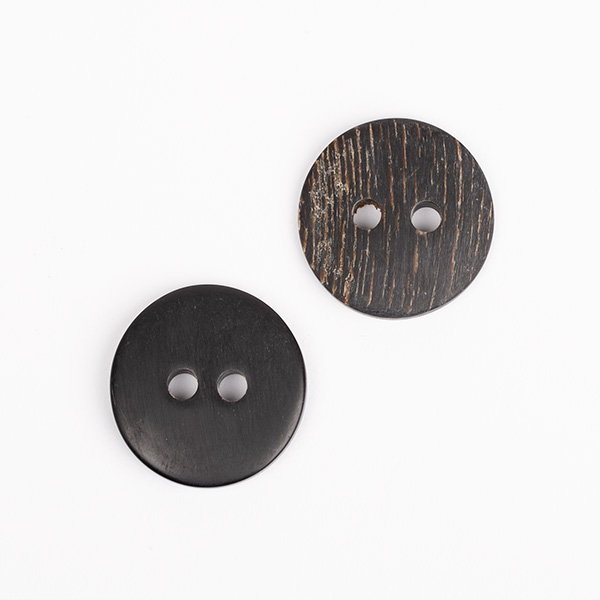








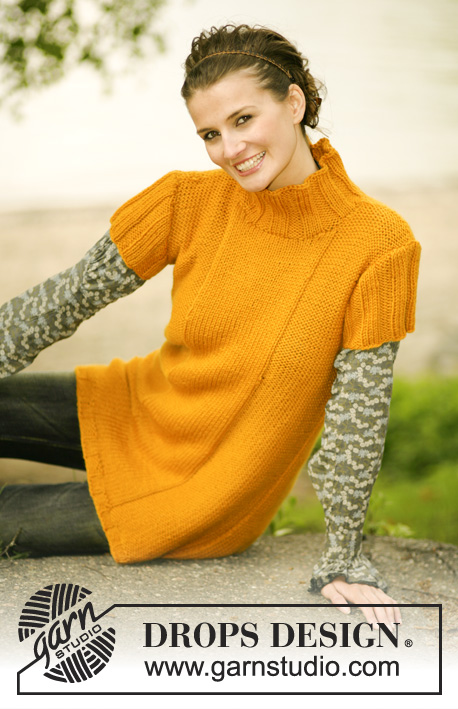


















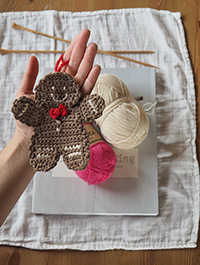
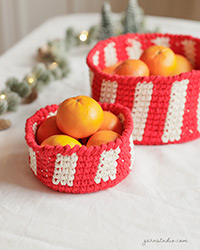
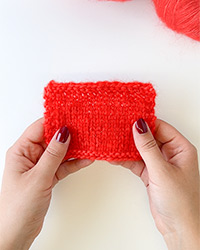
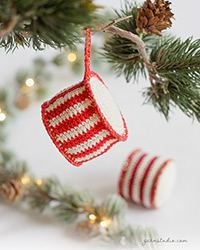
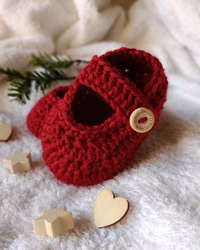
Post a comment to pattern DROPS 97-1
We would love to hear what you have to say about this pattern!
If you want to leave a question, please make sure you select the correct category in the form below, to speed up the answering process. Required fields are marked *.